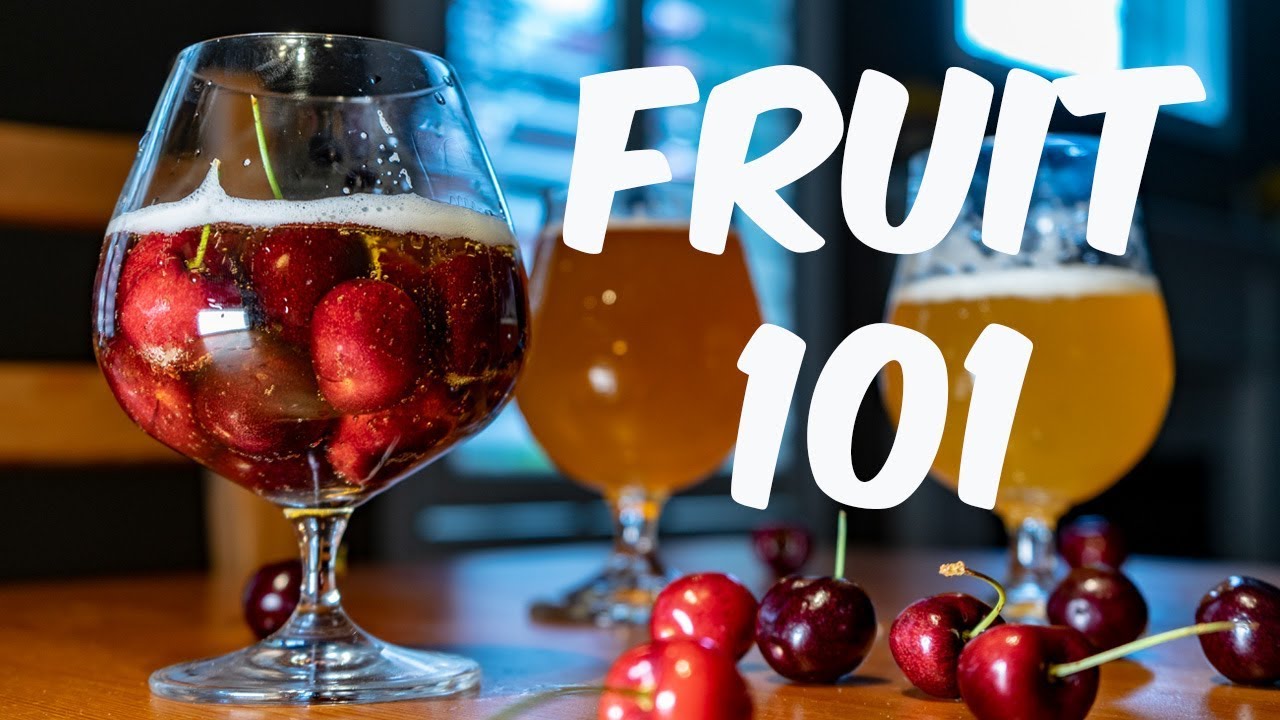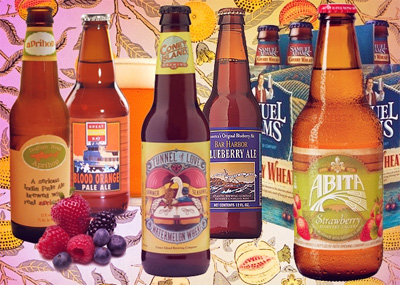
Fruits have been used as a beer adjunct or flavoring for centuries. Cherry, raspberry, and, peach are common additions to Belgian lambic styles. Modern breweries use flavored extracts by adding them to the finished product, rather than fermenting the fruit. Or, they will add the fruit to the wort before fermentation. Magic Hat Brewing Co has an apricot flavored pale ale that uses apricot juice added to the wort.
Thanks to Homebrewers and Pro Craft Brewers, no longer can fruit be found only in beer styles like Belgian Lambics and a few other styles. Due to the influence of the brewers mentioned above, the public can find Fruit Flavors in many beer styles. Ever heard of a Blueberry Stout or Raspberry Wheat, you don’t have to look for long after the 90’s they started to appear often.
Remember, one thing, having a fruit flavored beer does not mean, just add some fruit and you have fruit flavored beer. My experience taught me it takes some experimenting (trial and error) to come up with just the right combination of beer style and fruit. Sure we can add fruit to any beer style. However, there are some styles that lend themselves to certain fruits and not others. It is really up to you, if you think it tastes good, then go far it.
A couple of beer styles that do lend themselves to being paired with fruit are Wheat, Stouts, and Porters.
There are many options for adding fruit to your beer; fresh, canned or jarred and extract additions. One reminder, Do not use any of the above if they contain preservatives of any kind, they will kill off your yeast before it even starts to make beer. I will attempt to discuss some of the techniques used for different types of fruit.
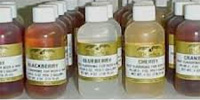
Contents
Extracts
We will start off with the easiest way to add fruit flavoring to your beer, and that is with fruit extract. You can usually purchase fruit extracts in 4-ounce bottles and almost any flavor you can imagine. Why 4-ounce bottles, because many 5-gallon recipes call for 4 ounces. My experience shows this is a little bit of overkill for my tastes.So I typically start with 2 ounces, and if after tasting the beer, I’m not satisfied with the flavor level, I add more until it is just right. Remember, if you added to much, there is no way to take it out.
When using fruit extracts just pour the extract into your bottling bucket or keg, before racking your beer to the bucket. By adding the fruit flavoring first, you are assured that the extract will get blended into the beer really well. You will find that the ease of use is the main advantage to extracts. However, they are a little difficult to get the flavor and the sweetness just right.
If the you are having problems with getting the taste just right, then trying to use canned/jarred, fresh or frozen fruit the next time you brew. Real fruit will not have the sweetness of extracts and most of the time will not create a harshness that extracts do, especially when going overboard with the amount added.
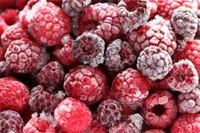
Frozen fruits
I generally use frozen fruits because of the advantages I’ve found when using them.
- I can keep them frozen until ready to use.
- Freezing fruit ruptures the cell walls and causing the fruit to mush up, meaning the flavors get into the beer more rapidly. Again, make sure no preservatives were added to the frozen fruit, a little sugar will not cause problems. Thaw out the fruit before placing in your fermenter, you don’t want to shock the yeast with cooling of your wort.
The amount of frozen fruit will depend upon the fruit being used and the recipe, you will find that most recipes call for between three and seven pounds.
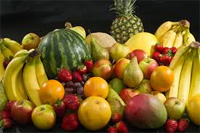
Fresh Fruit
A little harder to use than the previous fruit methods of flavoring your beer. There will be additional preparation that needs to accomplish before adding fresh fruit to your beer.
- Unlike frozen fruit, the cells walls have not been ruptured to allow for easy release of the fruit flavors and the fresh fruit you will need to break the cell walls by mashing the fruit up. Use a food processor or potato masher.
Fresh fruit will require being pasteurized to prevent any unwanted yeasts or bacteria from creating off-flavors in your beer.
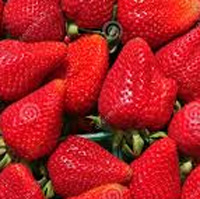 a) You may add the mashed fruit to the boil kettle, however not while it is still boiling. You do not want to release the pectins in the fruit, what a mess your fermenter will be in, (jelly/jam) plus probably a very hazy beer. So wait until the wort has cooled a little, to below 160 degrees F. By the way, I’ve never tried this method, other brewers have explained the process
a) You may add the mashed fruit to the boil kettle, however not while it is still boiling. You do not want to release the pectins in the fruit, what a mess your fermenter will be in, (jelly/jam) plus probably a very hazy beer. So wait until the wort has cooled a little, to below 160 degrees F. By the way, I’ve never tried this method, other brewers have explained the process
b) This process requires pasteurizing the fruit before adding to the secondary. Place mashed up fresh fruit in a sauce pot, add a little water. Then slowly heat and let simmer, while stirring, up to 160 degrees F. Hold the temperature for a little over thirty minutes, cool, and add to your secondary. It is essential that the temperature not go above this level; more heat (or more time) will release pectins and other jelling agents, and instead of beer, you’ll get a jam.
By adding the fresh fruit into the secondary, you will retain more aroma and some of the fruit sweetness. Of course, the tradeoff is more work.
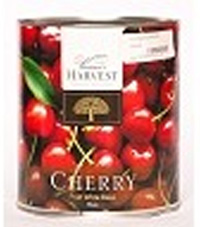 Fruit Puree
Fruit Puree
Can be trouble free or a headache. It is easy to add the puree to the primary fermenter, however, if the recipe calls for large quantities of puree, you will run into headspace problems in your fermenter. Plus, large amounts of puree means large amounts of sugar, as a rule. The result, overactive fermentation and higher than desired alcohol content in your beer.
Adding the puree to the secondary, probably the easiest way to use puree, rack your beer on top of the fruit. Of course anything, easy will present another headache or more work.
Example: How do you rack the beer off the fruit after fermentation and not have some of the fruit transfer with the beer. Answer: Requires more work and time, rack to a third carboy after two to three weeks (or more) in the secondary to perform a tertiary fermentation (third).

